Factory-restored Lamborghini Miura for sale
Revueltos are already on the used market and they ain't cheap. Why not put the cash towards this gorgeous P400?
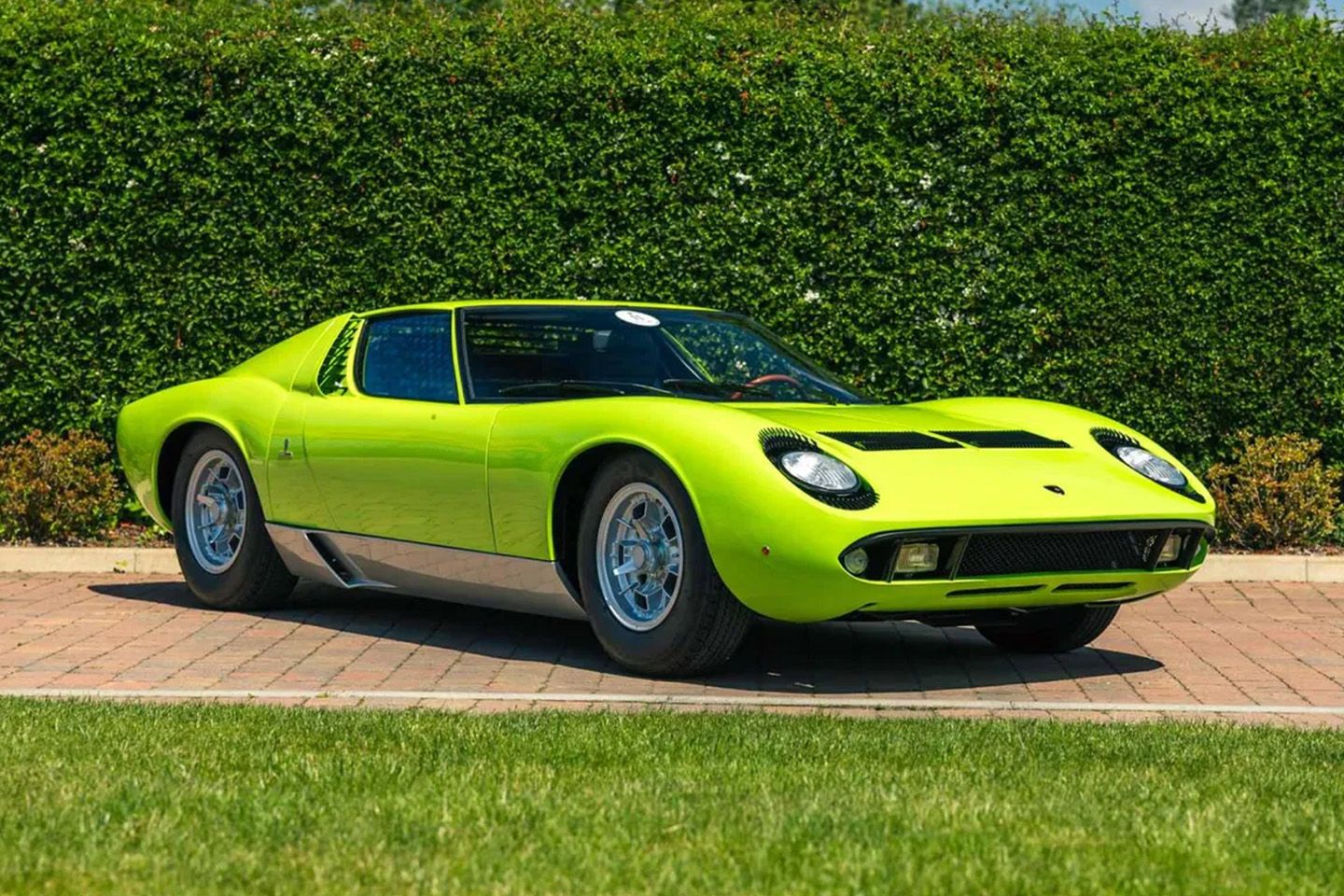
Whenever a new V12 supercar arrives on the scene, it’s always expected to be the manufacturer's last. Yet despite the unrelenting tightening of emission regs and the more recent crackdown on noisy exhausts, the twelve-cylinder engine is arguably in the best state it has been for years. Just look at the new Ferrari 12Cylindri, Gordon Murray’s imminent T.33 and, if you’re willing to look past a pair of turbochargers, Pagani’s radical new Utopia - although the recently revealed Epitome shows it isn’t done with the Huayra just yet. Quelle surprise.
Anyway, Lamborghini’s doing its part to keep the V12 alive and kicking with the electrified Revuelto too, a handful of which are currently for sale here on PH. But you’ll notice they’re quite expensive, as is pretty much every new twelve-cylinder supercar on sale today, turbocharged or not. Not that V12 power has ever been ‘affordable’ (let’s not get into running costs), but you’ll need access to a well-stocked trust fund and be on a dealer manager’s Christmas card list to be in with a shot of bagging that many cylinders in something new. We’re talking almost seven figures here, and that puts you nearly(ish) in the territory of the car that started the whole V12 supercar thing off in the first place.
Well, sort of. By the time the Miura arrived in 1966, twelve-cylinder production cars had been around for over 50 years and the mid-engined sports car debuted at the start of the decade. With the Miura, Lamborghini combined the two, called on Bertone’s Marcello Gandini to draw up one of the most beautiful silhouettes ever conceived (which took all of three months) and positioned it as a dedicated road-going performance car, rather than a motorsport-derived GT like many of Ferrari’s offerings at the time. Original sales forecast were in the region of 20-50 cars, but the Miura proved so popular that Lamborghini ended up shifting 762 by the time production wrapped up in 1973.
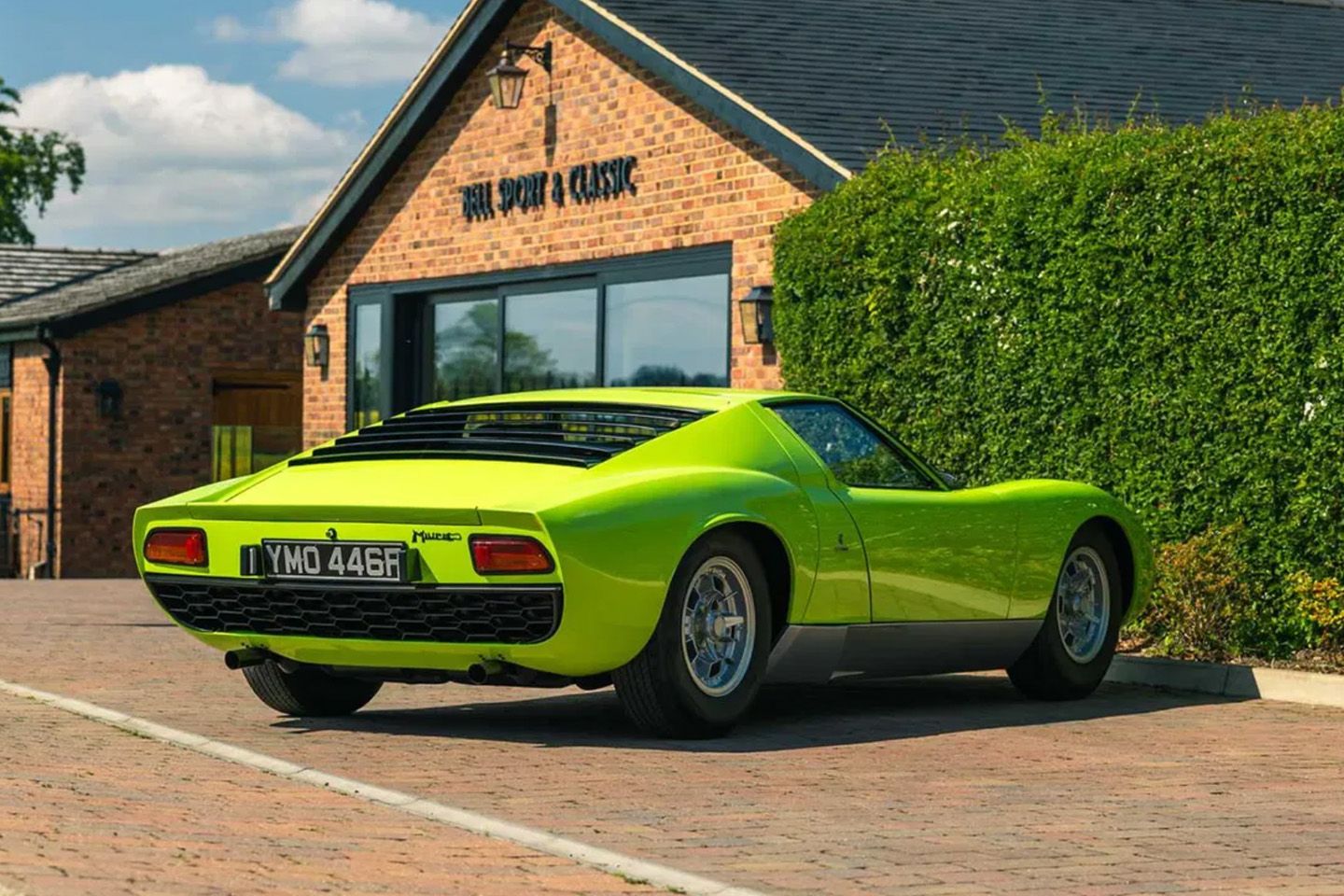
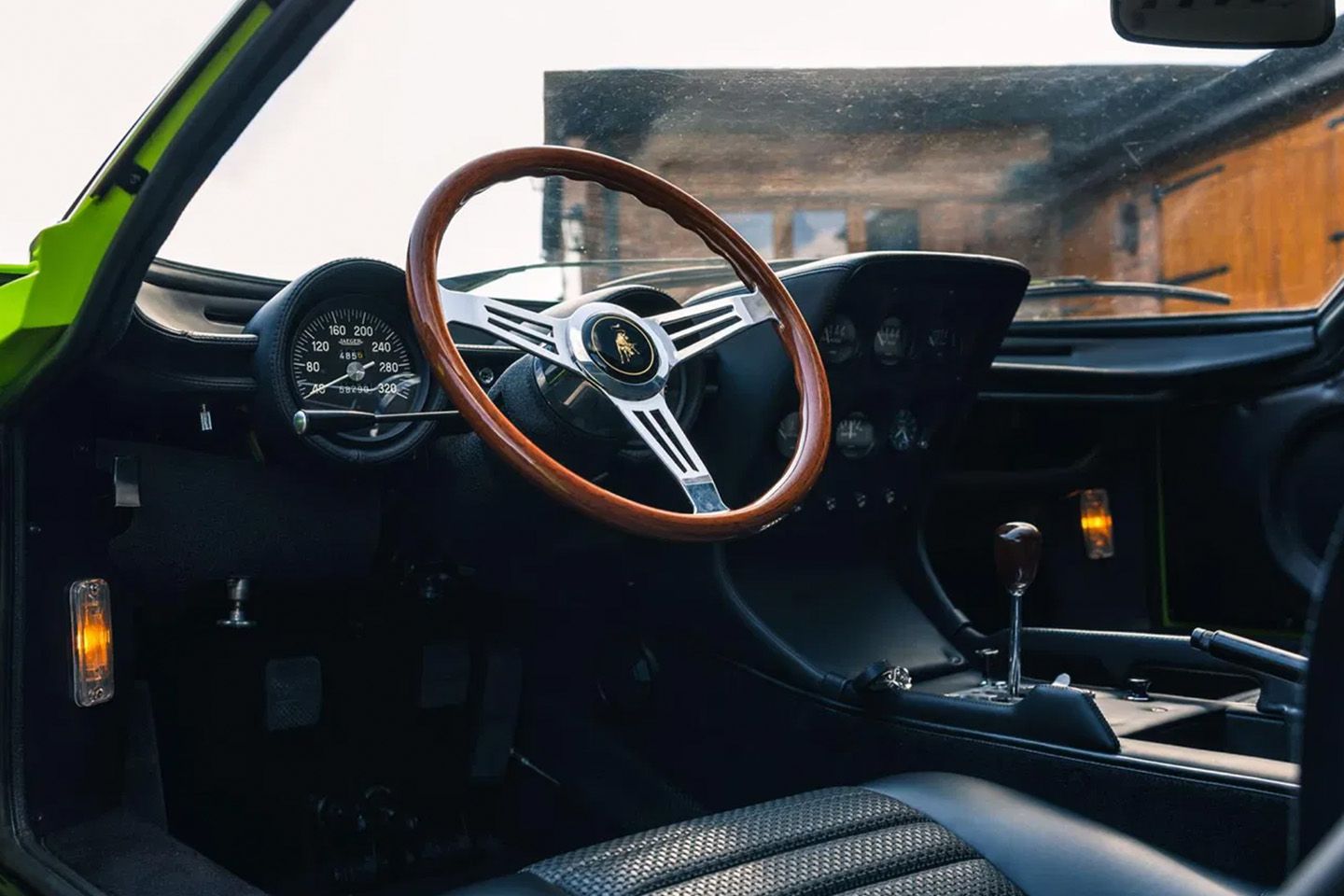
During its relatively short run, the Italian marque released numerous revisions and special editions to keep the Miura at the cutting edge. Tweaks to the transverse 4.0-litre V12 for the P400S unlocked more horsepower, while further gains and subtle styling changes (namely the ditching of the ‘eyelash’ headlights) came with the SV. And though Lamborghini never took the Miura racing, it did develop a motorsport-grade Jota version that was eventually binned during a spirited late-night test run on a stretch of Italian autostrada.
However, the car you see here is one of the original P400s, one of 275 examples of the launch-spec supercar and, according to the ad, the 64th Miura built. A number of P400s have been upgraded to S, SV or even SVJ grades at some point in their life but this example is all original, retaining its stock 350hp and headlight lashes proudly in place. Being an early car means it’s also built on the 0.9mm steel chassis as opposed to the 1mm used on later models, making it a good 150 or so kilos lighter than the S and SV.
What’s more, it’s been ‘fully restored’ by Lamborghini in Italy. Quite what’s been carried out isn’t mentioned, but you can bet Sant’Agata wouldn’t do anything unsympathetic: you know how protective Italian supercar makers are over their historic models. And rightly so. That’s something to discuss with the seller when enquiring about the price, which as you can expect hasn’t been disclosed in the ad. Miura values seem to be all over the place at the moment (what isn’t?), with a million being the low end but the sky’s the limit on the high end. So a bit more than this barely used Revuetlo, then, but what’s an extra half a mill (at least) at this end of the market anyway?
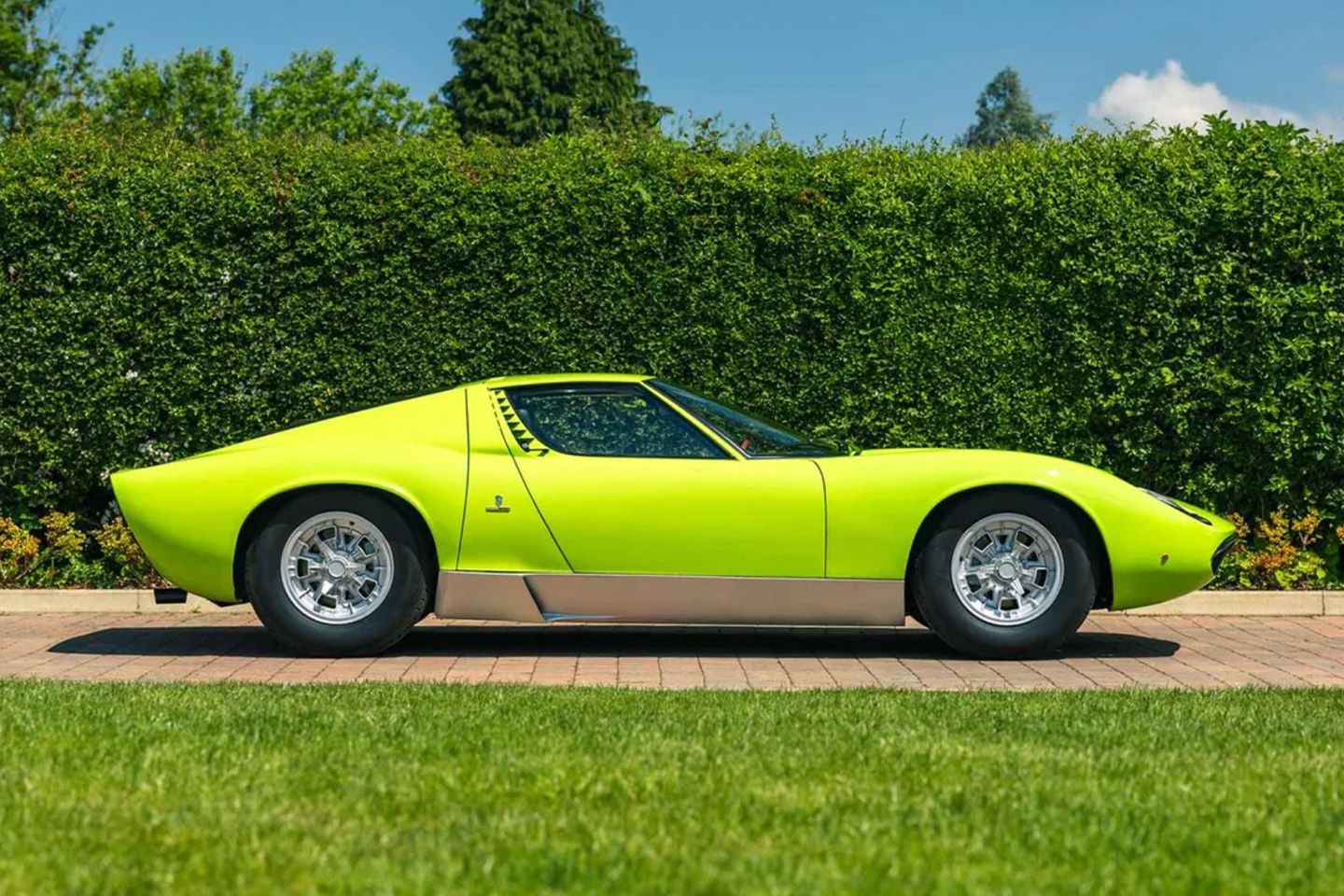
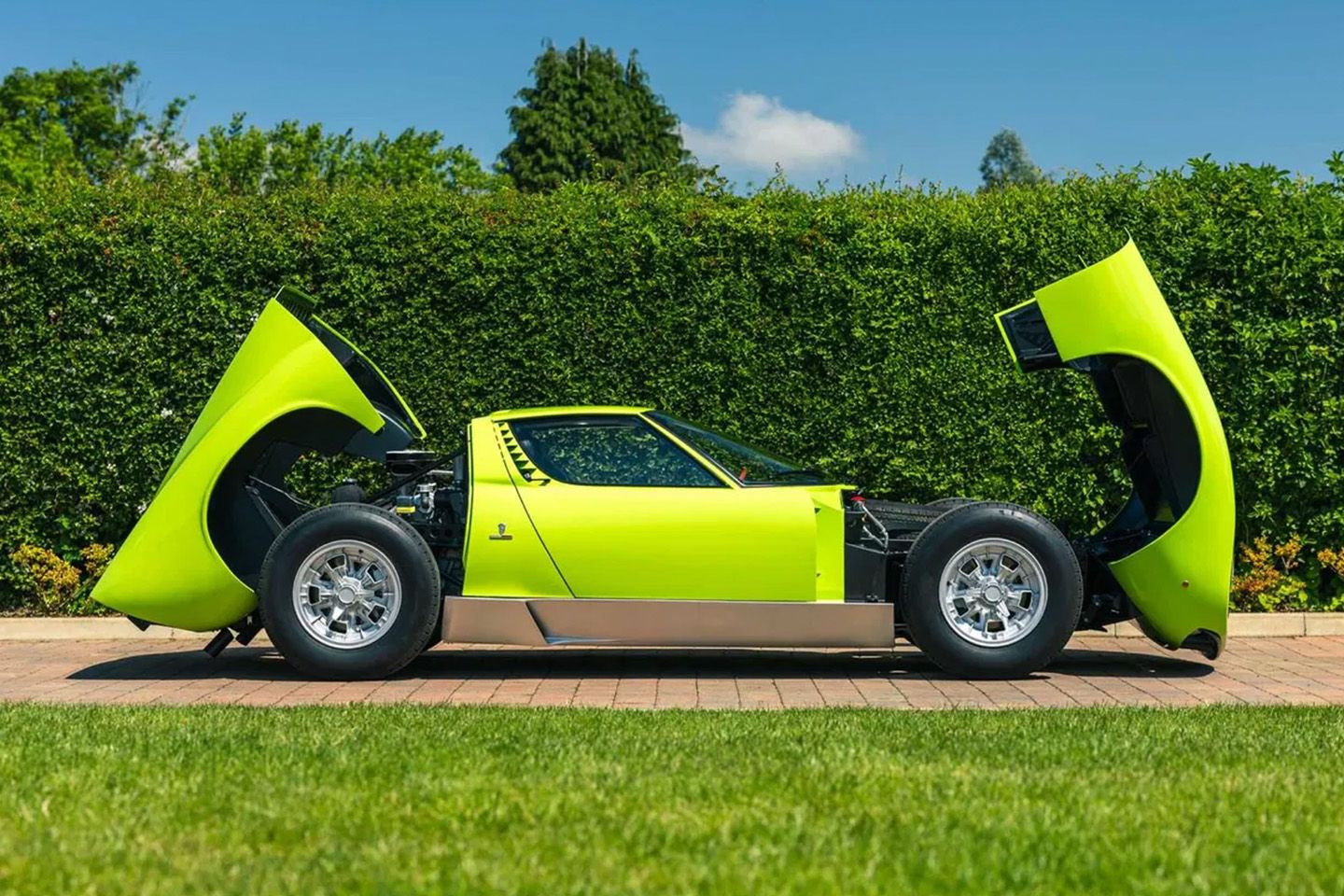
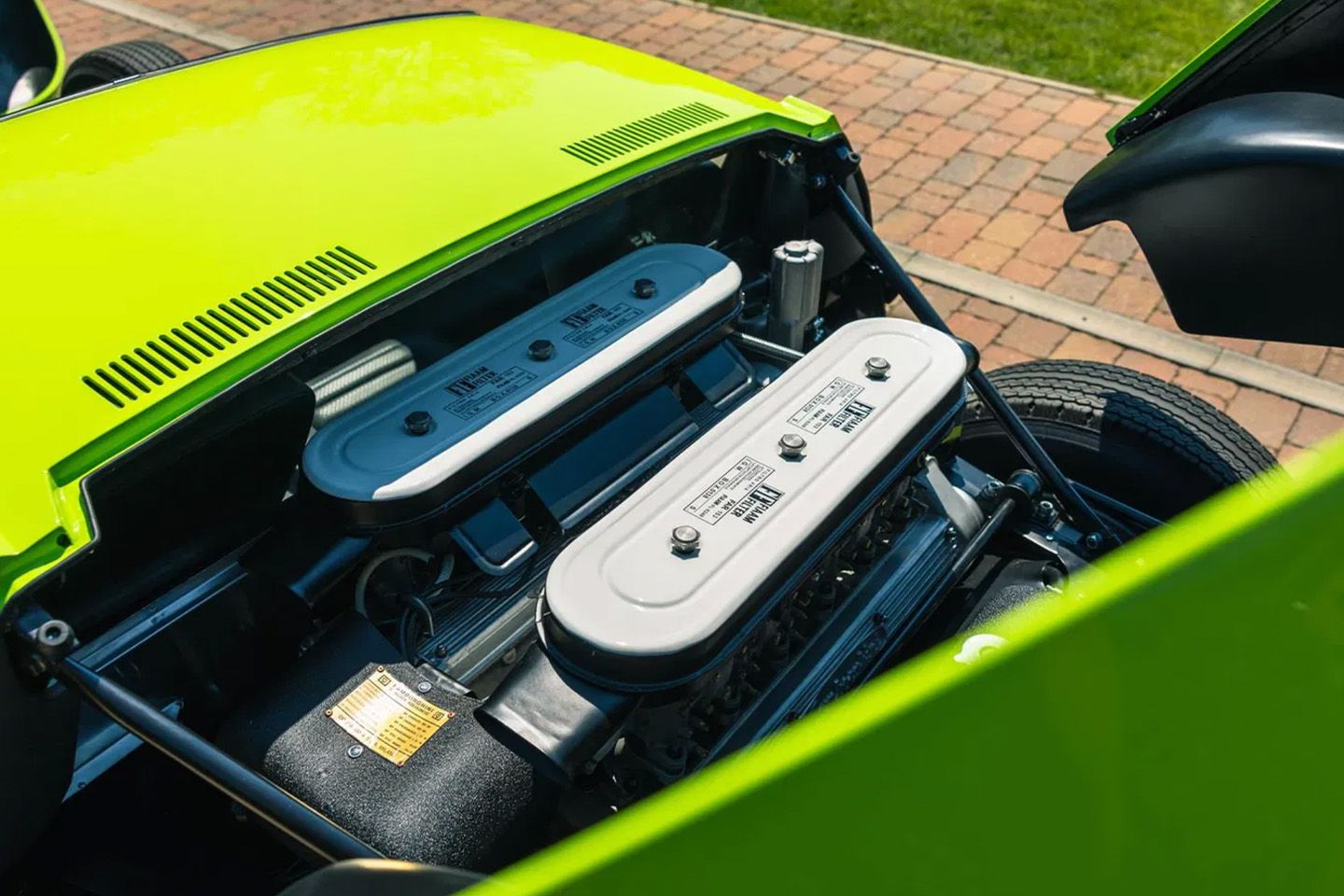
So, saving 10% metal thickness saved 150 kilos ?
Then that means the chassis weighs 1500 kilos on the S and the SV.
Try again PH.
With On Days Like These playing on a loop.
Gassing Station | General Gassing | Top of Page | What's New | My Stuff






 Does little for me too.
Does little for me too.